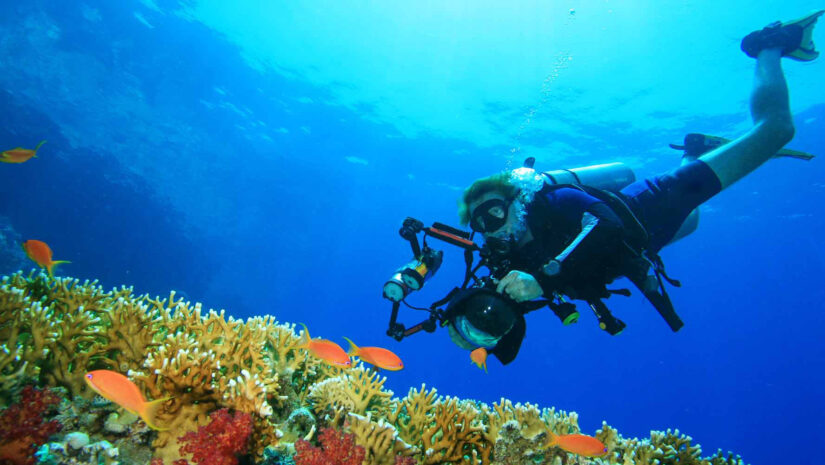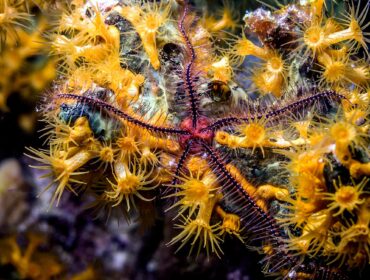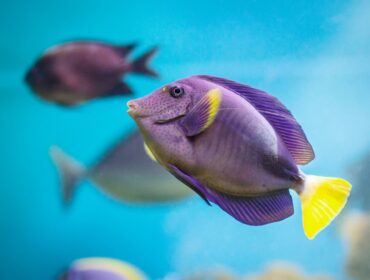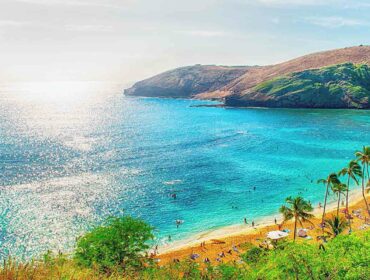Photography is an exciting and fulfilling hobby. Bring it underwater and you face a more challenging feat that can yield even more interesting and unique results. But because you can’t use regular photography equipment underwater, buying underwater photography gear can be very confusing for the average diver.
Fortunately for today’s aspiring underwater photographers, there is a wide range of underwater photography equipment that you can choose from—from your underwater photography camera (or dive cameras) down to your underwater strobes—depending on your needs, personal preferences, and budget. This article will help you figure out exactly what you need in order to build your own set of underwater photography gear.
Essential Underwater Photography Equipment

To help you get started, here is a short list of underwater photography must-haves that will allow you to take excellent photos of fish, corals, wrecks, and other aquatic wonders to remember your dives by.
Underwater Camera

As with land photography, there are several types of cameras that you can choose from. What’s important is that the camera you choose is waterproof and has a suitable housing for it. With this minor limitation and the increasing number of underwater cameras available today, you can choose anywhere from high-quality point-and-shoot compact cameras to higher-resolution DSLR and mirrorless cameras.
Another factor to consider is whether you are willing to shoot in manual mode, which allows you to have more control over how your images turn out, since cameras’ auto modes don’t work as well in low light. However, that doesn’t mean you can’t take decent shots on auto mode.
Because underwater photography can be gear-intensive, you may want your camera to be as lightweight and compact as possible. Smaller cameras are not only more convenient to travel with but are also easier to bring underwater. Some are even small enough to fit right in your BCD pocket! But do take note that, in most cases, having a smaller system means certain features could be compromised, so it’s important to identify what’s more important to you.
Remember, there’s no “best” camera for underwater photography. While there are certainly more popular ones, what matters is that the camera you use suits your needs and preferences.
Underwater Casing

Due to the water pressure and salinity of seawater, a camera housing is the second most important piece of equipment that you’ll need. To understand just how crucial it is to choose good-quality housing, just think of how unfortunate it would be if you invested in a high-end underwater camera only for it to get wet because you went cheap on the casing.
The best cameras for underwater photography typically come with a variety of housings available. They also come in different materials, the most common being polycarbonate and a mix of polycarbonate and aluminum. Aluminum housings tend to be the most expensive due to their durability.
Other things you should always check when choosing an underwater camera housing is its depth rating (should be around 40 meters if you will be scuba diving), the quality of the ports, and whether or not it can easily access your camera’s controls.
Macro/Wide-Angle Lens

For underwater photography, you’ll typically need two kinds of waterproof or “wet” lenses: macro and wide-angle. Forget about zoom or normal lenses, as these won’t be able to cut through the water effectively. Besides, the best tip you’ll get in underwater photography is to get as close to your subject as possible!
Macro lenses that offer a focal length of between 60 and 100mm should be fine, especially for beginners. If you’re an advanced shooter, consider 100mm or 105mm lenses. As for wide-angle lenses, don’t be afraid to go as wide as 10-20mm. Fortunately, macro and wide-angle lenses hold their value very well and can last you for a long time. Just make sure they are compatible with your camera!
Recommended Products:
Ports and Port Extensions

Many underwater photographers fail to budget for appropriate camera ports. Without these, you risk getting cloudy images or, worse, damaging your camera. You can choose from two kinds of ports: dome ports and flat ports.
Dome ports are most effective in housing wide-angle lenses with their larger, more concave surfaces. They come in either acrylic or glass (the latter being more expensive and better at providing clearer, sharper images) and are usually 8 to 9 inches, depending on the size of your lens. Flat ports, on the other hand, are ideal for macro lenses as these are more effective in allowing the lens to magnify your subject compared to dome ports.
Port extensions are also necessary as they offer a better fit for your lenses, resulting in enhanced image sharpness. These remove the need for two different ports for varying lens sizes—simply extend your port to fit your larger lenses.
Color Correcting Filters

Even when you’re shooting with sunlight coming from behind, you’ll find that your images look a little too blue or green. In this case, you can use color correcting filters. These are usually placed right next to your lens (in front or behind), not to add color but to subtract other color wavelengths so that you can get a more realistic-looking, white balance-corrected image.
There are tons of color filters that you can use depending on your camera and imaging needs, but the most commonly used are red filters that filter out the blues to give your image a warmer hue.
Color filters are best used when shooting with natural light, so turn off your flash as the light would bring back the true colors of your subject and render the filter useless.
Recommended Products:
Underwater Flash/Strobes

One of the challenges in underwater photography is getting well-exposed shots, considering how dark your surroundings can be, even if you’re swimming in clear waters. The solution is to have underwater flash or strobes that you can connect to your camera.
It would be best to get two strobes if you’re shooting wide-angle shots, but you could get away with just one if you’re only shooting macro. Make sure that your strobes have diffusers, which help create more natural-looking lighting that spreads out in every direction rather than producing blinding hot spots.
There are a lot of good, affordable strobes that work for nearly every camera. That said, you’ll also want to have backups ready, especially if you travel a lot. Strobes last a long time, so they definitely make good investments.
Focus Light

When buying your lighting equipment, don’t forget your focus light. This piece of underwater lighting gear is designed to help you see your subject and scene better so that you can easily lock in your camera’s focus just before you take your shot.
Focus lights normally look like regular flashlights. They create a pretty narrow beam angle and produce around 300 lumens of light power, so they are definitely not designed to replace your strobes, although they make good dive lights at night. These are typically mounted above the lens port so they can light up the exact area that you point your camera at.
Needless to say, regular flashlights won’t do. Make sure your focus lights also have a decent depth rating and are corrosion-resistant so they can handle seawater.
Sync Cords & Fiber Optic Cables

Fiber-optic cables and sync cords (also called sync cables) are used to connect your strobes to your camera housing. These cords basically serve as the connection between the two important pieces of gear, so your flash goes off at the same moment you click the shutter. While these are sometimes used in land photography, they are especially needed in underwater photography since you can’t rely on wireless radio communication.
It’s important to talk to your camera manufacturer to know which types of cords will work with your camera, housing, and strobes. Once you’ve figured out exactly what you need, it helps to have backups as your budget allows, especially if you travel a lot.
Recommended Products:
Rechargeable Batteries

Needless to say, you’ll need compatible rechargeable batteries for all of your battery-powered gear. This includes your camera, strobes, and even your focus light. Just make sure that you choose environmentally friendly nickel metal hydride (NiMH) batteries—not lithium-based (LiPo) batteries as they are a fire hazard.
Memory Cards

Once you’ve completed your gear, all you need to add are a couple of memory cards so that you won’t run out of storage space. Don’t waste the opportunity. Bring a few extra 8GB or 16GB cards, preferably from reputable brands like SanDisk and Transcend, and snap away.




